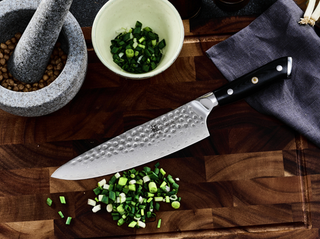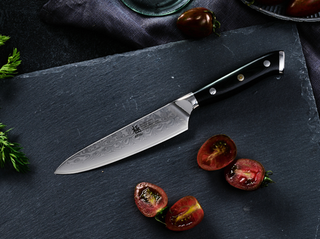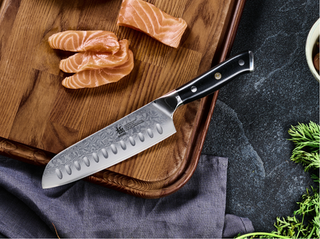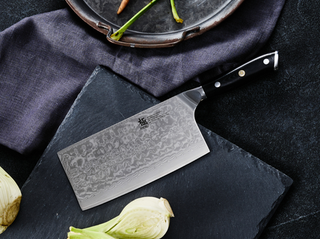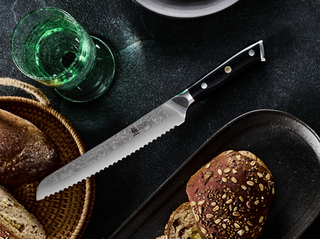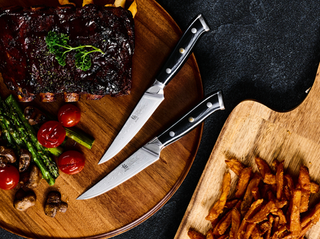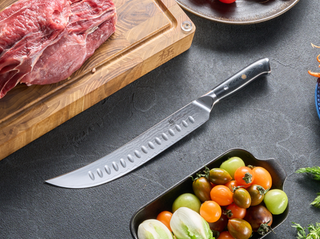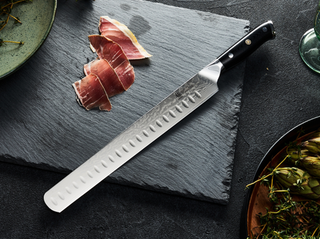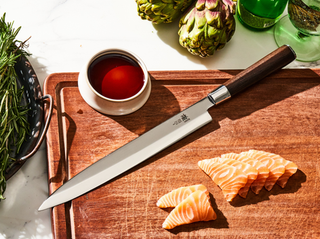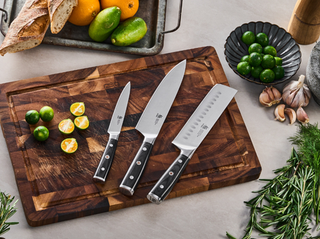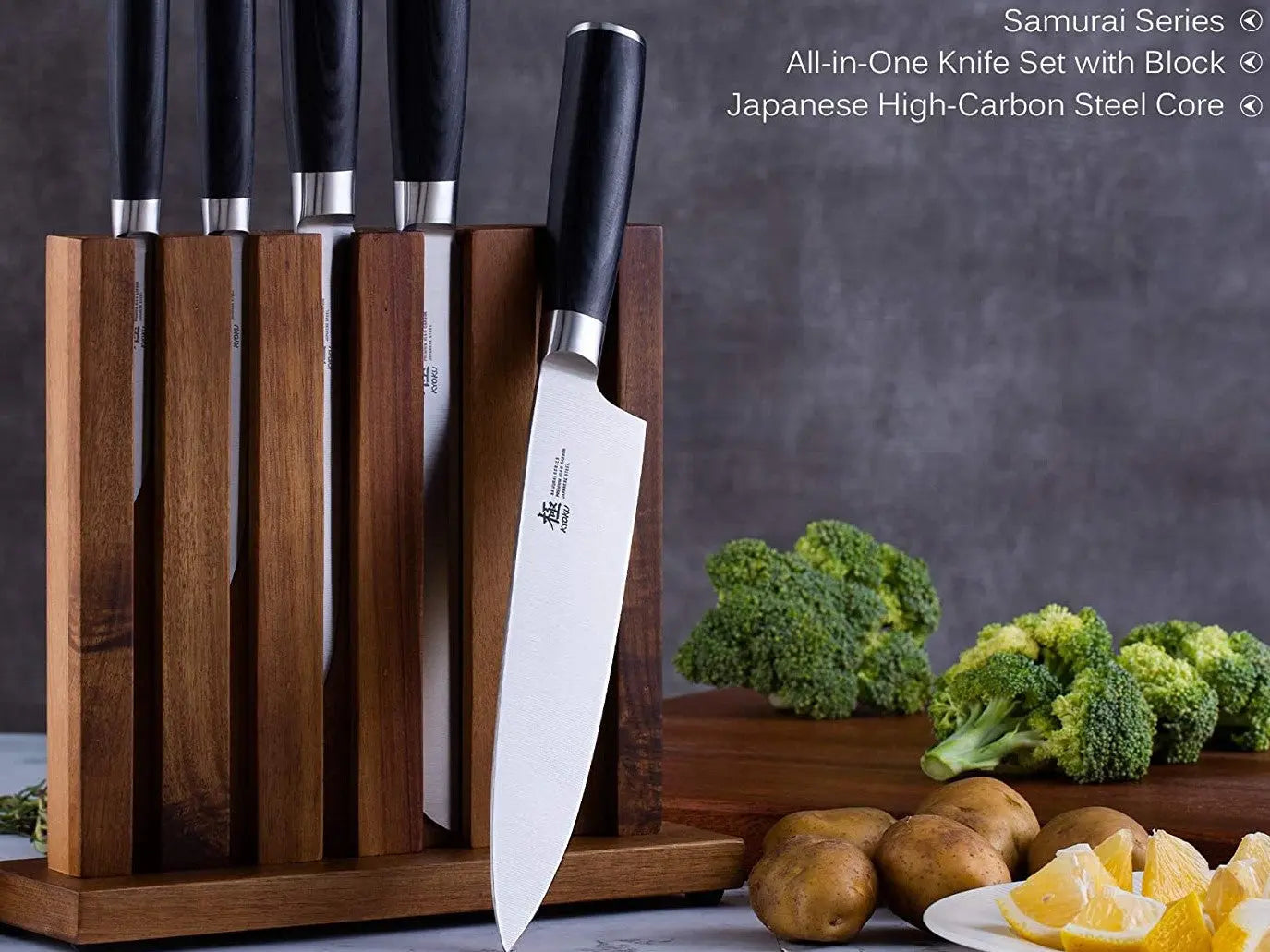"Since I'm not a professional cook, how do I know which knives do I really need?" That would be the most frequently asked question so far. Although we'd be more than glad to see you place an order for the whole series, that wont be the fact for everyone. Picking the perfect knife can indeed get overwhelming.
To make that part easy, we wrote a complete guide of different types of kitchen knives to help you understand what works best for your kitchen needs:
1.Chef Knife

2. Boning Knife
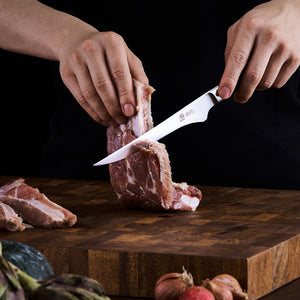
3. Bread Knife
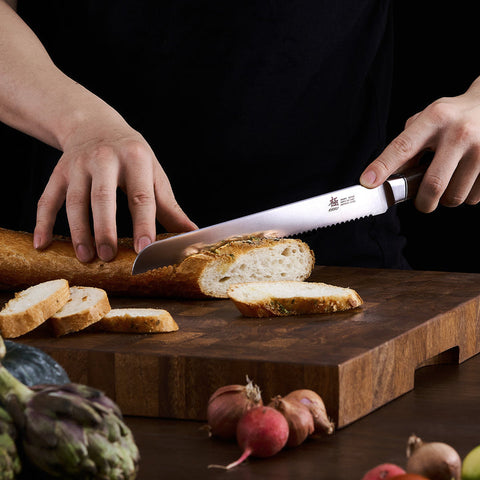
4. Cleaver Knife
A cleaver is a broad knife primarily used by butchers and Chinese chefs. A well sharpened cleaver can be used for fine work like chopping and shredding vegetables. In basic design, a cleaver most resembles a sturdy squared blade anchored to a strong short handle to make sure it can be used with brute force to chop through bone, coconuts, and other heavy items.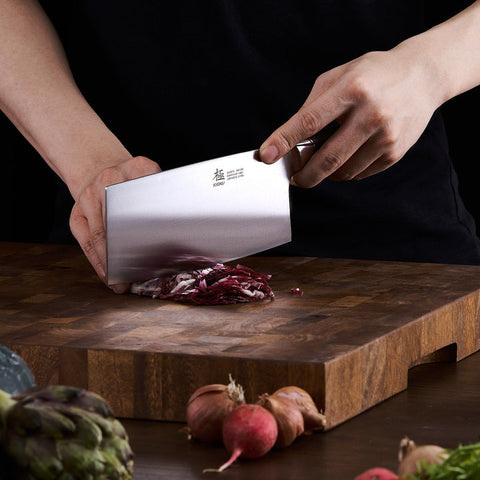
Other knives that will bring you comfort in the kitchen:
1. Utility Knife
2.Santoku Knife
3. Nakiri Knife
FAQ: Kitchen Knives Essentials
Q: Which kitchen knives are the most essential for a home cook?
A: For most home cooks, a small set of versatile knives covers most needs. Key essentials include a chef’s knife for chopping and slicing, a bread knife for cutting bread and soft items, and a paring knife for detailed work. Japanese knives like the Santoku and Nakiri also offer specialized uses for vegetables and fine cutting.
Q: What is a cleaver knife and when should I use it?
A: A cleaver is a broad, sturdy knife often used by butchers and Chinese chefs. It can chop through bone and tough items and is also useful for shredding vegetables when sharpened well.
Q: How is a Nakiri knife different from a regular vegetable knife?
A: The Nakiri has a thin and razor-sharp flat blade, making it ideal for finely and accurately cutting vegetables. Its flat edge helps easily slice through vegetables without rocking.
Q: Can one knife replace many, or is it better to have a full set?
A: While specialized knives bring comfort and precision, many home cooks find a few well-chosen knives sufficient. It depends on cooking habits and preferences—some prefer a smaller essential set, others like a more varied collection.
Q: How do I choose which Japanese knife is right for me?
A: Consider your cooking style and the types of food you prepare. Santoku knives are all-rounders, Nakiri excels at vegetables, while cleavers handle heavy-duty chopping. Starting with one or two can help you explore Japanese knives gradually.
